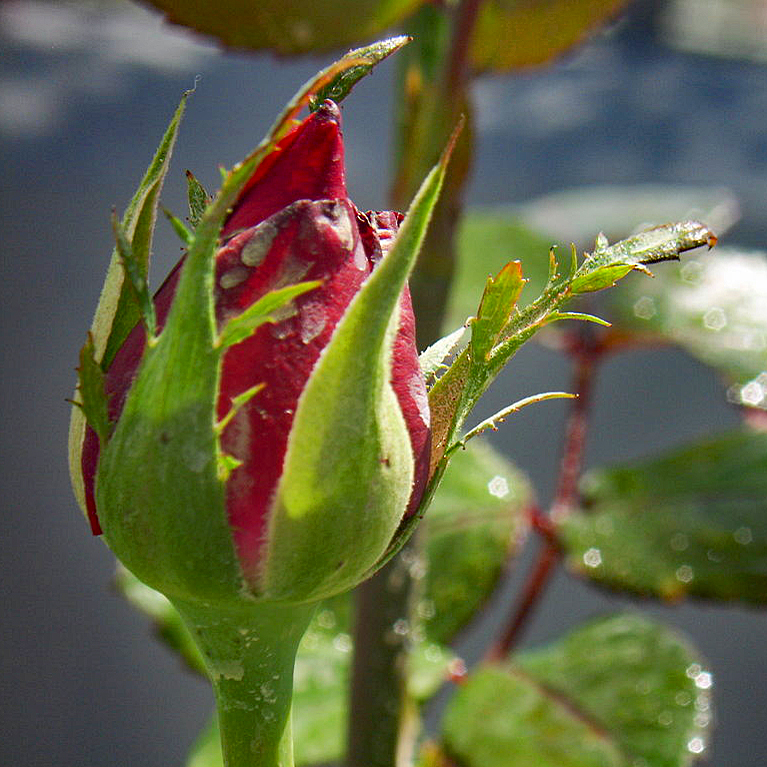Flower buds are an essential part of the plant reproductive process, and their proper development and protection are crucial for the survival of the plant. One of the structures that play a vital role in protecting and supporting the flower bud during its growth is the calyx. In this article, we will discuss the calyx's anatomy, function, and significance in the plant world.
Anatomy of the Calyx
The calyx is the outermost whorl of the flower, consisting of sepals that protect and support the developing flower bud. Sepals are modified leaves that are usually green, but in some species, they may be brightly colored or have a different texture or shape from the leaves. Sepals are attached to the stem by a structure called the peduncle and are arranged in a circular pattern around the flower bud.
The number, size, and shape of the sepals vary among different plant species. For instance, some plants have a single sepal, while others have many sepals. Similarly, some sepals are long and narrow, while others are short and wide. In some plants, the sepals may be fused together, forming a cup-like structure around the flower bud.
Function of the Calyx
The primary function of the calyx is to protect and support the developing flower bud. During the early stages of the bud's growth, the calyx provides a protective covering that shields the delicate petals and reproductive structures from external factors such as wind, rain, and pests.
The calyx also plays a role in regulating the bud's development by controlling the opening and closing of the bud. This is achieved through the sepals' ability to expand and contract as the bud grows, allowing the bud to open gradually over time.
Additionally, the calyx can serve as a site for photosynthesis in some plants. This is because the sepals contain chloroplasts, the organelles responsible for photosynthesis. The chloroplasts in the sepals can convert light energy into chemical energy, which is used by the plant to fuel its growth and development.
Significance of the Calyx
The calyx has significant ecological and evolutionary significance in the plant world. One of its most critical functions is to protect the developing flower bud from external factors that may harm or disrupt its growth. This protection ensures that the plant can reproduce successfully, thereby contributing to the plant's survival and the continuation of the species.
The calyx's protective function has also led to its use in traditional medicine as a source of natural compounds with antimicrobial and antioxidant properties. These compounds have been found to be effective against various pathogens and can be used in the development of new drugs and treatments.
Moreover, the calyx's morphology and anatomy can provide insights into the plant's evolutionary history and relationships with other plant species. For example, the number, size, and shape of the sepals can be used to identify and classify different plant species and determine their evolutionary relationships.
Conclusion
In conclusion, the calyx is an essential structure that plays a crucial role in the protection and development of flower buds. Its anatomy, function, and significance in the plant world highlight its importance in the survival and reproduction of plants. Further research on the calyx's properties and potential applications in medicine and other fields can provide valuable insights and opportunities for innovation and development.

